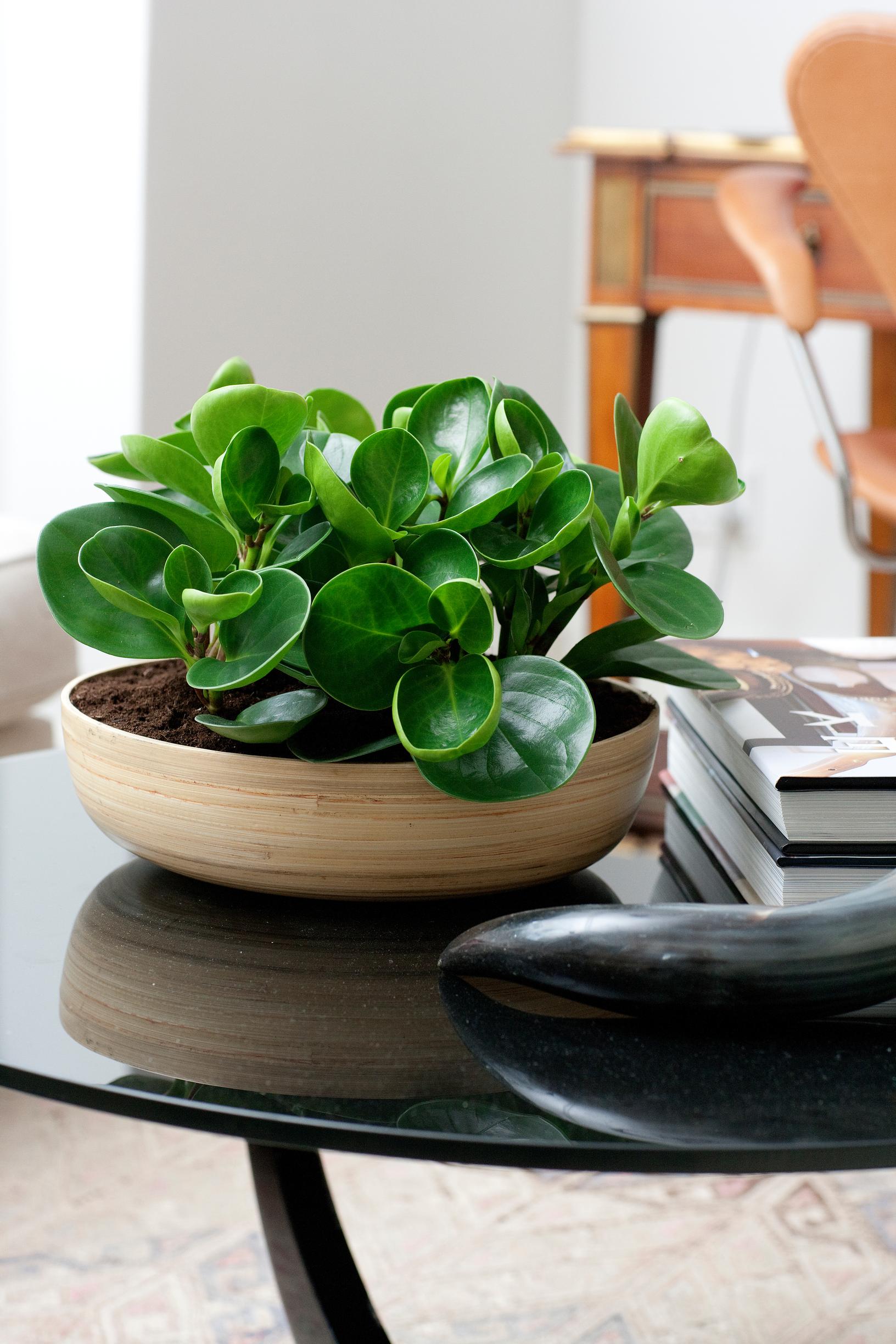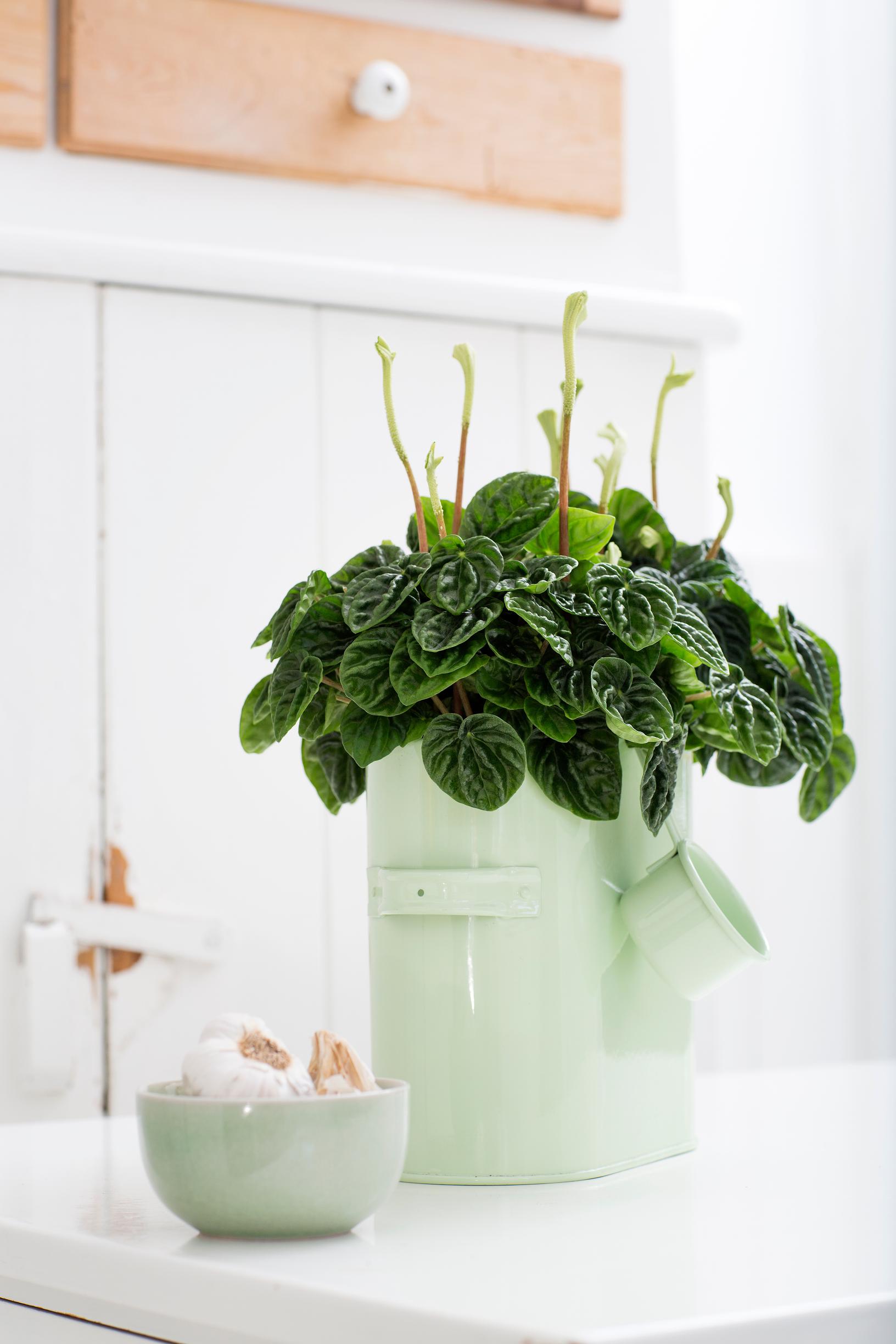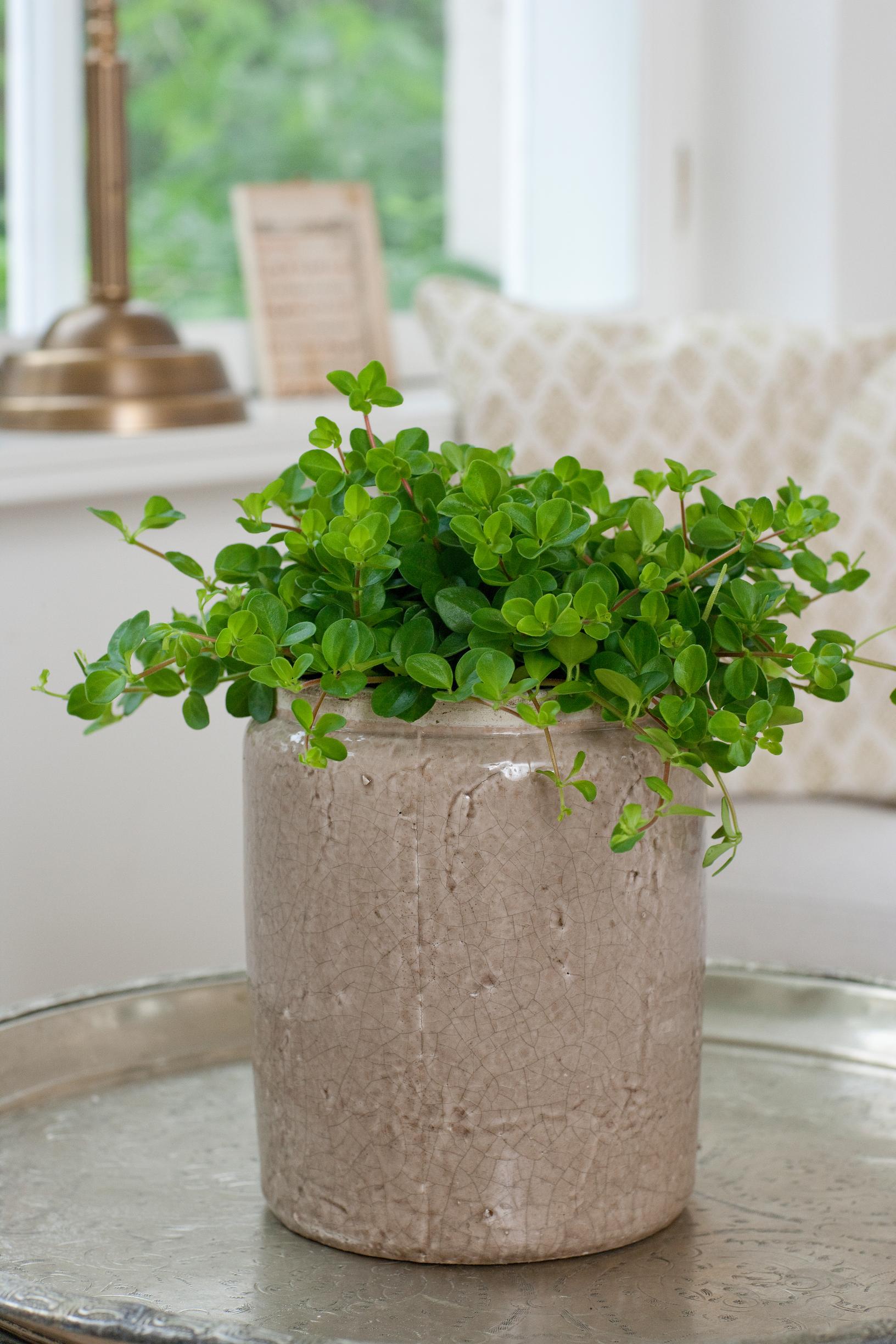
Peperomia brings rich greenery to your home—pick up tips for growing and care
Peperomia is the delight of the windowsill! From its broad array of varieties, you can find both upright and trailing beauties. Read on to get tips for growing and caring for peperomia and the best varieties.
Peperomia is a low-growing houseplant whose beauty lies in its leaves. The peperomia genus is diverse: the decorative leaves may be green, burgundy, yellow-green, silvery, or furrowed.
Their growth habits also vary. The graceful round-leaf peperomia and vining peperomia have trailing stems and are perfect for hanging planters. The baby rubber plant grows fairly upright, and the emerald ripple peperomia forms a mound.
Peperomias are native to warm, humid rainforest regions, so they suffer in dry indoor air. Give your peperomia extra humidity by misting often and placing containers of water near the pots.
Peperomia: care and growing
Temperature
Peperomias like normal room temperatures. In winter, a cooler temperature is fine, but not below 15°C.
Light conditions
Peperomia naturally grows beneath larger plants. An east- or north-facing window usually provides ample light for most peperomias. A bright south- or west-facing windowsill works well too, as long as direct sun doesn’t scorch the leaves.
Peperomia watering and fertilizing
Water your peperomia regularly, but let the top couple of centimeters of soil dry between waterings. Overwatering easily leads to rotting of the roots. Reduce watering in winter, but don’t let the soil become completely parched.
Fertilize peperomia with a mild fertilizer every couple of weeks from April through August.
Mist and spray peperomia often, and increase humidity on the windowsill by placing water containers near the pots.
Peperomia repotting
Peperomia thrives in slightly sandy soil. You can mix a bit of cactus soil or sand into regular potting soil and plant your peperomia in that blend.
Peperomia propagation
Peperomia can be propagated from cuttings. Cuttings from the emerald ripple peperomia can be inserted directly into sandy soil, while cuttings of the baby rubber plant should be allowed to dry for a day or two before planting.
Common peperomia varieties:
Baby rubber plant Peperomia obtusifolia


Emerald ripple peperomia Peperomia caperata




Round-leaf peperomia Peperomia rotundifolia var. pilosior


Other peperomias:
- Red edge peperomia Peperomia clusiifolia
- Peperomia metallica
- Vining peperomia Peperomia scandens
- Ivy peperomia Peperomia griseoargentea


